What is a 4-Point Inspection?
A 4-point inspection is a specialized type of home inspection that focuses on four key areas of a property: the roof, electrical system, plumbing system, and HVAC (heating, ventilation, and air conditioning) system. This type of inspection is commonly required by insurance companies when homeowners are seeking coverage for older homes or homes with certain risk factors.
Here's a breakdown of what each component of a 4-point inspection typically entails:
- Roof:
- The inspector evaluates the condition of the roof covering material (such as shingles or tiles), looking for signs of damage, wear, or deterioration.
- They check for evidence of leaks, missing or loose shingles, and any areas of concern that may compromise the integrity of the roof.
- Electrical System:
- The electrical system is inspected to ensure it meets current safety standards and poses no significant risks.
- The inspector examines the main electrical panel, circuit breakers, wiring, outlets, switches, and light fixtures for any signs of damage, wear, or code violations.
- They check for proper grounding and bonding, as well as the presence of any aluminum wiring, which can be a fire hazard.
- Plumbing System:
- The plumbing system is assessed to identify any leaks, corrosion, or other issues that may affect its functionality.
- The inspector inspects pipes, fixtures, faucets, drains, water heaters, and sewage disposal systems for signs of damage, deterioration, or improper installation.
- They check water pressure, drainage, and the condition of visible pipes for any indications of leaks or plumbing problems.
- HVAC System:
- The HVAC system is examined to ensure it is in proper working condition and capable of adequately heating or cooling the home.
- The inspector inspects the furnace, air conditioner, ductwork, filters, thermostats, and ventilation systems for any issues or maintenance needs.
- They check for proper installation, operation, and safety features, as well as any signs of wear, damage, or malfunction.
After conducting the inspection, the inspector provides a detailed report outlining their findings for each of the four areas. This report helps insurance companies assess the risk associated with insuring the property and may influence the terms and coverage options available to the homeowner. It's important to note that a 4-point inspection is not as comprehensive as a standard home inspection and typically does not cover other areas of the property such as the structural integrity, appliances, or environmental concerns.
Click here to check it out

